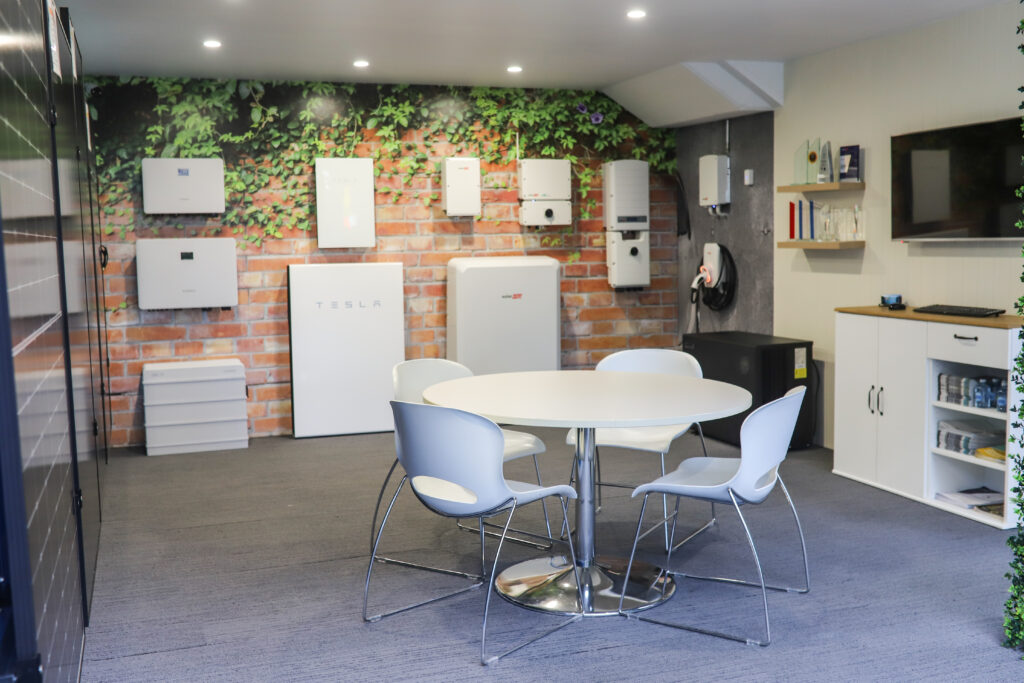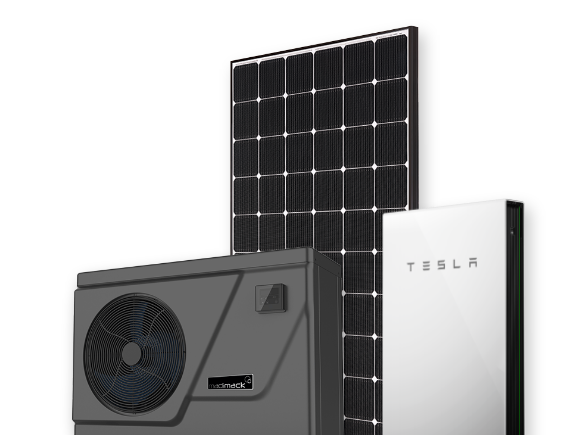
Make sure you choose a large enough battery under the Government’s Solar Battery Rebate incentive. The rebate will be available from 1 November 2024 for batteries installed on a new or existing solar power system. It will be somewhere between $1,600 – $2,400 depending on battery efficiency and the usable capacity of the battery.
It is important to ensure the battery you purchase will meet your needs. We encourage you to speak to us now to crunch the numbers on higher capacity batteries to ensure the rebate really works for you. We are taking orders now for installation this year.
How the Solar Battery Rebate will work
The new incentive is part of the Peak Demand Reduction Scheme which is designed to alleviate the pressure on the electricity grid, as is the ‘Solar Tariff’ (also called the ‘Sun tax’).
The solar battery rebate includes:
- Between $1,600 and $2,400 off the up-front installation cost of a household battery for homes and businesses with existing solar.
- For homes and businesses wanting to install solar, the incentive will be considered in the quote for a new solar and battery system installation, using Peak Reduction Certificates (PRC).
- If you already have a battery with 6 years warranty left or install a new one through the scheme, you will qualify for a further $250 – $400 incentive by connecting your battery to a Virtual Power Plant or VPP. This can be claimed a second time 3 years on.
By connecting batteries in Virtual Power Plants, households and businesses can collectively share capacity across the energy grid.
The incentives will be accessed through approved suppliers, which will become accredited over the coming months.
Peak Reduction Certificates
These are similar to the STC (small scale technology certificates) rebate that people with solar power systems typically receive as a discount on their system when they purchase it. Batteries will generate a Peak Reduction Certificate or PRC. Like STCs, the PRCs are market driven and can fluctuate in price.
PRCs are traded and the discount is shown in the net pricing for the solar system or battery retrofit.
One PRC equals 0.1 kW of reduced peak demand, averaged over one hour during the peak summer period. This is designed to promote a decrease in energy usage during periods of peak demand, which helps alleviate strain on the power grid and ultimately leads to lower energy costs. The scheme started in 2022 and will continue until 2050.
A single PRC currently attracts about $2.15 including GST, from which a small administration and quality control fee is deducted. The pricing of PRCs is subject to change based on supply and demand.
For further information on calculating PRCs on particular batteries give us a call.
Benefits of Batteries
A solar battery will save you money on electricity bills by storing excess solar energy produced during daylight hours for later consumption. The battery charges during the day which significantly reduces the possibility of you exporting over the 6.8kWh free export threshold and paying the 1.2c/kWh ‘Solar Tariff or tax’. If sized correctly, this means the ‘Solar Tariff’ has virtually no impact on your savings. If the battery has a ‘back-up’ facility, it will also keep your lights on in a black-out and importantly, they can improve the stability of the electricity grid.
Understand What Battery You Need
The rebate is a great way to make batteries more affordable. However, there are various ‘cheap deals’ flooding the market. These can be tempting but may lead to an investment in a battery that ends up being a false economy because it does not meet your needs.
Here are some things to look out for and please contact us for an obligation free discussion on your personal needs:
- Don’t throw away your money by installing a battery that is too small. Reviewing the hundreds of homes we have assessed over the years we estimate 95% of them would require a battery with a capacity of at least 10kWh. The goal with a battery is to get you through the peak and shoulder periods and into the evening, so when it finally goes flat you are consuming off peak power again.
- Batteries are priced on the usable stored kWhs. For example, a battery that is offered for under $3,000, when you check the size it may only store 3 kWh of energy. That works out to be $1,000/kWh which is average. The size of this battery will likely leave you very underwhelmed with buyers’ regret.
- Understand what you are buying. Back-up is important and many batteries have it, but many don’t. Quality Back-up ensures your solar system continues to generate energy through the blackout whilst charging the battery, otherwise it will just go flat.
- Back-up with Black Start is important. This function will automatically start your solar and charge your battery the morning after a blackout and for weeks on end in extended blackouts. Back-up alone won’t do this!
- What is Load shifting or a Time of Use setting? This gives you the ability to charge your battery when energy is cheap so you can use it later in the day when energy is more expensive. This function can really accelerate the financial return on a battery and is a rare find on the cheaper brands of batteries. This can make up the financial return difference for spending a little extra on a larger and higher quality battery. We would argue this is the essence of being smart with the use of the rebate.
Range of Solar Batteries
We have a range of solar batteries available with different capacities and prices. We are happy to have an obligation free chat in our Allambie Heights showroom or at your home, to ensure you choose the battery that’s the right capacity for your circumstances and so you benefit long-term from the battery rebate.
This is a great time to buy a good quality battery.
